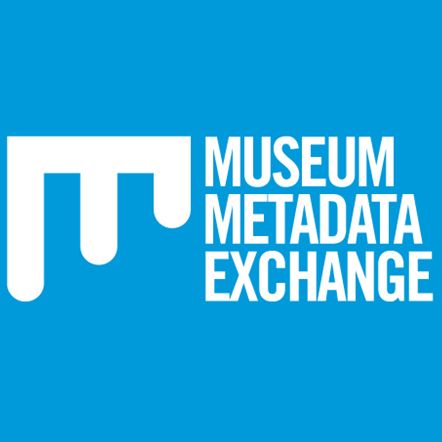Brief description
The ANCODS collection bears witness to the mutual cultural heritage of the Netherlands and Australia dating back to 1606 when Willem Janszoon in command of the Dutch ship DUYFKEN became the first European to make contact with Australia and its Indigenous people. By the middle of the 18th century Dutch navigators had charted two-thirds of the Australian coast and for over 200 years Australia was known as New Holland.Notes
Parts of this collection are digitised and available on the ANMM web site www.anmm.gov.auSignificance
The ANCODS collection consists of a wealth of archaeological material recovered from four wrecks of Dutch East India Company ships, BATAVIA (1629), VERGULDE DRAECK (1656), ZUYTDORP (1712) and ZEEWIJK (1727) discovered off the Western Australian coast in the 1960s. The discoveries and associated excavations led to a bilateral agreement between the Netherlands and Australia in 1972 called the Australian-Netherlands Committee on Old Dutch Shipwrecks (ANCODS). From 1972 to 2010 the committee was responsible for the archaeological collection. Under the agreement parts of the collection were held by different museums in Australia (Western Australian Museum; Australian National Maritime Museum) and The Netherlands. In late 2010, all ANCODS material held in the Netherlands was repatriated to the Western Australian Museum, making that institution responsible for the largest part of the collection. The portion of the ANCODS Collection held by the Australian National Maritime Museum consists of just under 700 objects and includes coins, candlesticks, ceramics, armaments, navigation equipment and personal items. The collection represents the earliest European activities in Australia and is the single most important collection of 17th Dutch shipwreck material held anywhere in the world.Data time period: 1629 to 1727
Spatial Coverage And Location
text: Indian Ocean; Western Australia; Indonesia; Netherlands
Subjects
1629-1727 |
Artefacts |
Exploration |
Navigation |
United Dutch East India Company |
coins |
shipwrecks |
trade |
underwater archaeology |
User Contributed Tags
Login to tag this record with meaningful keywords to make it easier to discover
Identifiers
- Local : VC000007


